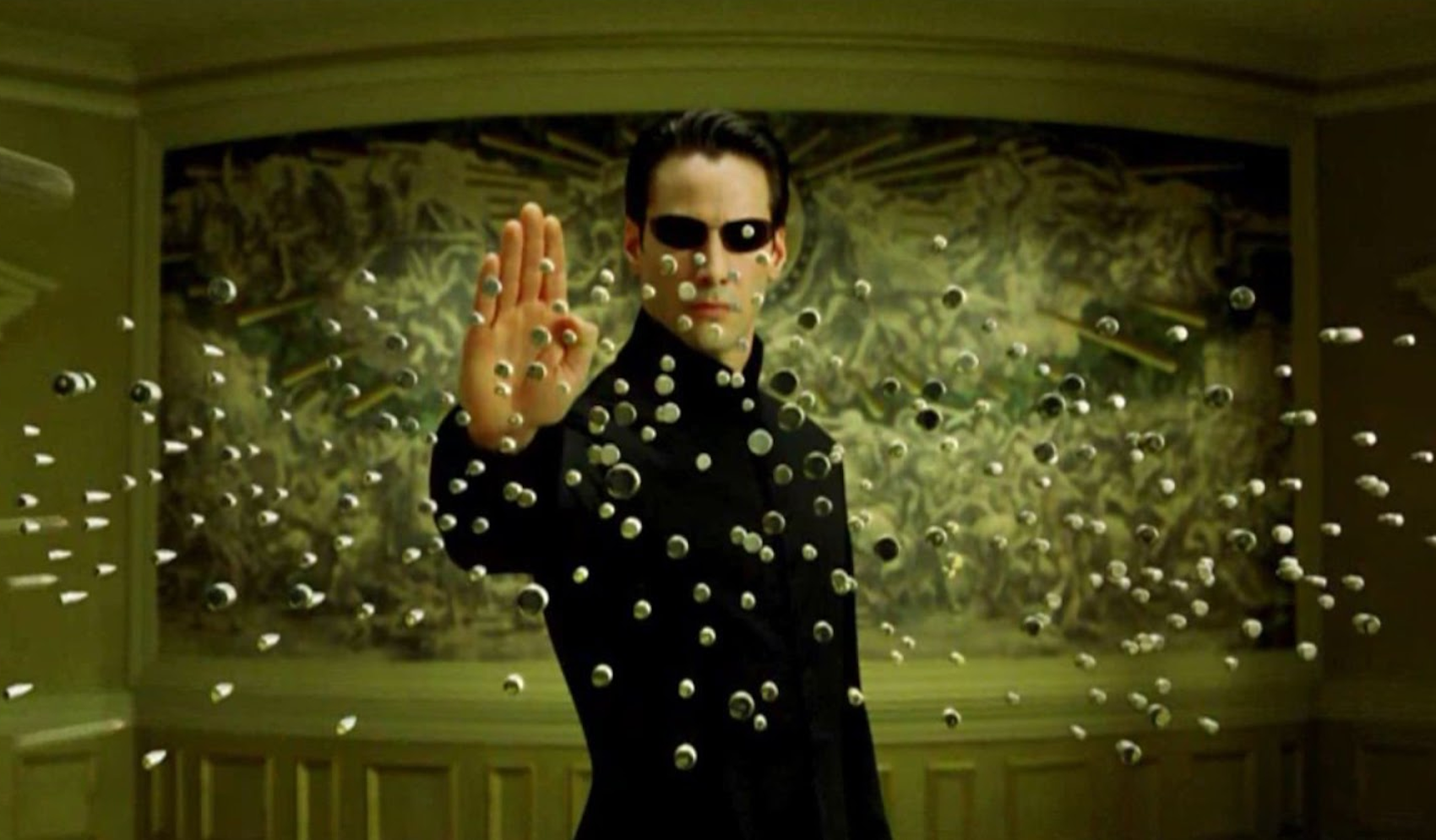‘Cinema Paradiso,’ helmed by Giuseppe Tornatore, remains a timeless tribute to the enchanting impact of film. Released in 1988, this Italian classic has left a lasting mark on viewers worldwide, echoing well past its initial era and location. Fundamentally, ‘Cinema Paradiso’ offers much more than a wistful tale of growing up; it serves as a meaningful tribute to the craft of making films, highlighting cinema’s ability to transform lives, stir feelings, and preserve memories.
The Framework of Metafilm: Film as a Protagonist and Driving Force
At the core of ‘Cinema Paradiso’ lies the renowned projectionist, Alfredo, along with his student, Salvatore, who is also referred to as Toto. The story spans multiple decades, with the Cinema Paradiso theater functioning as both a physical and symbolic center of the town. Instead of just being a simple setting, the cinema itself becomes a character, crucial to the community and the main character’s sense of self.
The theater becomes a place of gathering where societal boundaries dissolve. In scenes both raucous and intimate, villagers from disparate backgrounds congregate, united in laughter, tears, and collective awe before the flickering silver screen. Through this, Tornatore underscores the communal, unifying prowess of film, transforming viewing into a ritual that transcends generational and social divides.
Cinema as Remembrance: The Heartfelt Essence of Nostalgia
Cinema Paradiso intricately intertwines recollection and yearning, using the methods of filmmaking to summon a sense of nostalgia for both Toto and the viewers. From the opening scenes that show Salvatore as a successful director troubled by his past, to the repeated theme of vintage film reels and celluloid, the process of recalling is equated with the experience of watching movies. The movie’s shifts in time—between Toto’s younger years, teenage days, and adult life—resemble how cinema frequently revisits and recontextualizes events, safeguarding them from the decay of time.
An important instance is the concluding montage of the movie, a series of romantic scenes that were censored but saved by Alfredo for Toto. This montage acts as an artistic expression; it serves as both a present and an act of recovery, bringing forgotten kisses and affection back to public consciousness. These scenes emphasize film as a medium for emotion that persists even when physical locations such as the cinema disappear or are demolished.
Technical Homage: Crafting a Lyrical Cinematic Language
Technically, ‘Cinema Paradiso’ is informed by and reverent of classic film idioms. Tornatore imbues the visual storytelling with elements reminiscent of Italian neorealism, employing naturalistic performances and authentic settings. The technical craftsmanship—from Ennio Morricone’s lush, evocative score to the warm, sepia-toned cinematography—serves as a nod to cinema’s history and its profound sensory impact.
Furthermore, the narrative is embedded with a theme of a film inside a film, nodding to masterpieces by filmmakers such as Visconti and Chaplin. Scenes from these movies are displayed on the Paradiso’s screen, providing both a visual lesson and a heartfelt nod to the extensive film tradition. This use of intertextuality anchors the tale in the collective legacy of cinema, honoring the craft of filmmaking and encouraging audiences to engage in a common cultural reminiscence.
Mentorship and Transmission: The Projectionist’s Role
One of the film’s richest layers is its meditation on mentorship and the transmission of cinematic love. Alfredo’s relationship with Toto exemplifies the passing of knowledge, passion, and appreciation for film. By teaching Toto the intricacies of projection—and, implicitly, the beauty of storytelling—Alfredo acts as both craftsman and philosopher. He imparts wisdom that extends beyond the technical, encouraging discovery, courage, and personal growth.
This process reflects how the history of cinema is maintained and shared with future generations. In the same manner that Toto inherits Alfredo’s love for films and eventually excels beyond him, cinematic traditions are continuously revitalized by new perspectives and advancing technology.
Socio-Political Themes: Restriction and Freedom
The movie delves deeply into themes related to restriction. Alfredo receives directives from the local priest to cut out scenes considered inappropriate, mainly those involving romance or sensuality. This repeated editing highlights how institutions attempt to regulate stories and emotions, but passion manages to re-emerge. The reappearance of the deleted scenes at the end underscores the powerful ability of cinema to uphold authenticity, emotion, and spirited happiness.
By emphasizing these limitations—along with the freeing communal experience of attending movies—’Cinema Paradiso’ remarks on film as both a mirror of society and a gentle driver of cultural change. The process of viewing, it implies, can be transformative, providing views of different realms and emotional insights that might otherwise be out of reach.
Global Resonance and Legacy
The international reception of ‘Cinema Paradiso’ underscores its universal message. The film achieved critical acclaim, winning the Academy Award for Best Foreign Language Film in 1990 as well as the Grand Prix at the Cannes Film Festival. Its impact is evident in later works; directors such as Alfonso Cuarón cite it as an influence, and its structure is echoed in films exploring memory, nostalgia, and the formative power of art.
Through weaving personal tales with a broader story about the power of cinema to unite and heal, ‘Cinema Paradiso’ charms audiences from various cultures and ages. Its deep appreciation for films is more than just a theme; it is integral to its essence and composition, encouraging spectators worldwide to experience anew the charm of the cinema—the joy, the sorrow, and the brief moments of transcendence experienced together in the dark before the play of light and shadow.
The movie consequently stands as a rich homage, not only to films as a form of art but also to films as shared experiences, places of education, and reflections of human yearning. With this endearing and intricate perspective, ‘Cinema Paradiso’ transforms into the narrative of cinema: a vibrant collection of dreams, ambitions, and the strength of visual narration itself.




